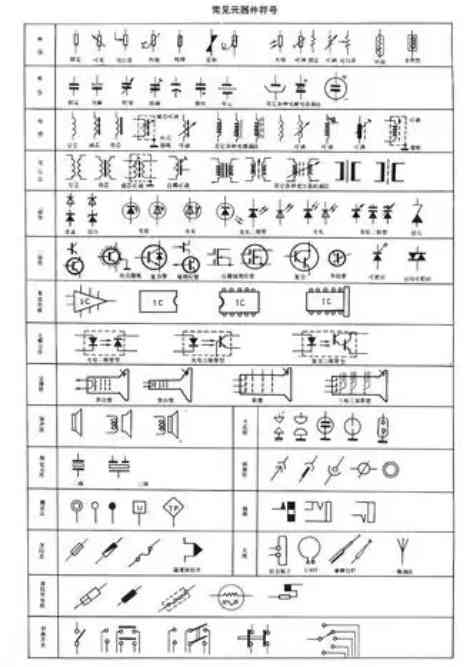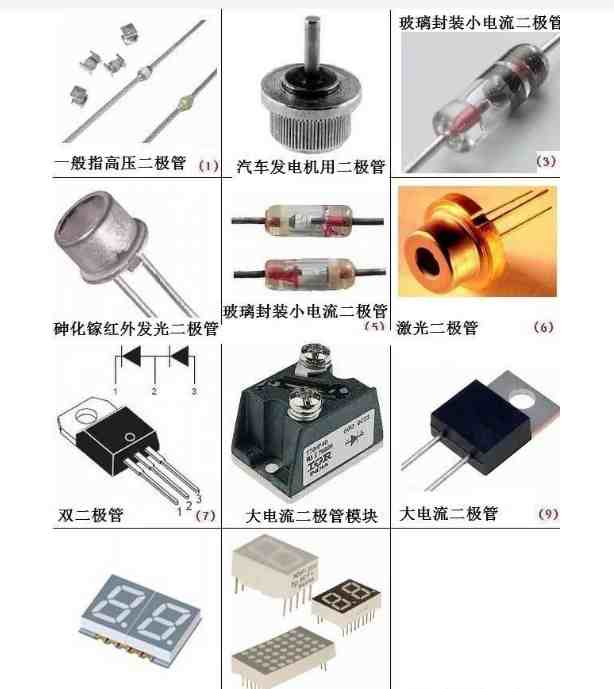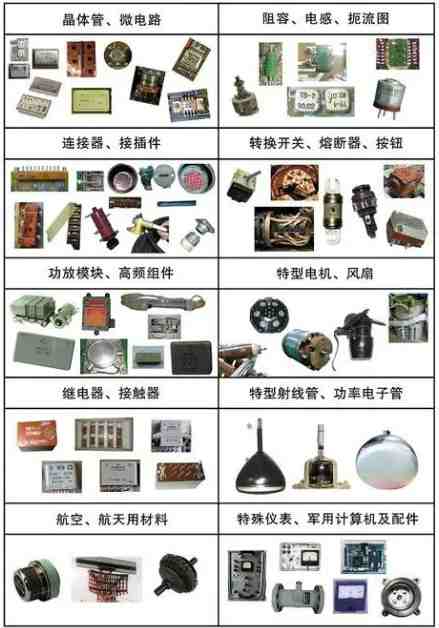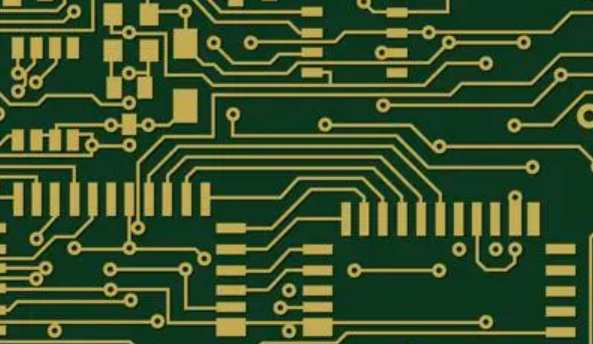
Today's PCB substrate base is composed of Cooper Foil, Reinforcement, Epoxy resin and other three major components, but since the Lead Free process began, the fourth powder (Fillers) was added to a large number of PCB board, To improve the heat resistance of PCB.
We can think of copper foil as the blood vessel of the human body, used to transport important blood, so that PCB has the ability to move; Reinforcing materials can be thought of as human bones, used to support and strengthen the PCB not soft fall down; Resin, which can be thought of as human muscle, is the main component of PCBS.
The use, characteristics and precautions of these four PCB materials are described as follows:
1. Copper Foil
Electric Circuit: a circuit that conducts electricity.
Signal line: A signal line on which a message is transmitted.
Vcc: power layer, working voltage. The working voltage of the earliest electronic products is mostly set at 12V. With the evolution of technology, the requirement of power saving, the working voltage slowly becomes 5V, 3V, and now it moves to 1V gradually. The relative requirements of copper foil are also higher and higher.
GND(Grounding) : Grounding the ground. Vcc can be thought of as the water tower at home. When we turn on the faucet, water (electrons) will flow out through the pressure of water (working voltage), because the operation of electronic parts is determined by the flow of electrons; GND, on the other hand, can be thought of as a sewer. All the used or unused water goes through the sewer, otherwise the faucet will keep draining and your home will be flooded.
Heat Dissipation (due to high thermal conductivity) : Heat dissipation (due to high thermal conductivity). Have you ever heard of some CPU hot enough to boil eggs, this is not an exaggeration, most of the electronic components will consume energy and generate heat, this time the need to design a large area of copper foil to let the heat energy released into the air as soon as possible, otherwise not only human can not stand, even electronic parts will follow when the machine.
2. The Reinforcement material
The selection of PCB reinforcing material must have the following excellent characteristics. And most of the PCB reinforcing materials we see are made of Glass Fiber (GF, Glass Fiber). If we look carefully, the material of glass fiber is a bit like very fine fishing line. Because of the following personality advantages, it is often chosen as the basic material of PCB.
High Stiffness: The PCB is available in high stiffness.
Dimension Stability: Good dimensional stability.
Low CTE: Has a low "thermal expansion rate" to prevent PCB internal circuit contacts from detaching and causing failure.
Low Warpage: low deformation, that is, low plate bending and warping.
High Modules: high "Young's modulus"
3. Resin Matrix
Traditional FR4 sheet
Based on Epoxy, LF(Lead Free)/HF(Halogen Free) board uses a variety of resins and different curing agents, making the cost rise, LF about 20%, HF about 45%.
HF plate is easy to be brittle and crack, and its water absorption rate increases. CAF is easy to occur in thick and large plates. It is necessary to use open fiber cloth and flat fiber cloth, and strengthen the material containing even immersion.
A good resin must have the following conditions:
Heat Resistance: good heat resistance. After heating and welding for two ~ three times, the plate will not explode. Good heat resistance is called.

Low Water Absorption: low water absorption. Water absorption is the main cause of PCB board bursting.
Flame Retardance: Must have flame retardancy.
Peel Strength: High "tear strength".
High Tg: high glass transition point. Most materials with high Tg are not easy to absorb water. Non-absorption is the root cause of non-explosive plate, not because of high Tg.
Toughness: Good toughness. The greater the toughness, the less explosive plate. Toughness is also called "energy of destruction". The better toughness of the material, the stronger its ability to withstand shock and damage.
Dielectric properties: High dielectric property i.e. insulation material.
4. Fillers System (powder, filling material)
In the early stage of lead welding, the temperature was not very high, and the original PCB board could be tolerated. Since the temperature was increased after lead-free welding, powder was added to the PCB board to strengthen the PCB's resistance to temperature material.
Fillers should be combined first to improve dispersity and compactness.
Heat Resistance: good heat resistance. After heating and welding for two ~ three times, the plate will not explode. Good heat resistance is called.
Low Water Absorption: low water absorption. Water absorption is the main cause of PCB board bursting.
Flame Retardance: Must have flame retardancy.
High Stiffness: The PCB is available in high stiffness.
Low CTE: Has a low "thermal expansion rate" to prevent PCB internal circuit contacts from detaching and causing failure.
Dimension Stability: Good dimensional stability.
Low Warpage: low deformation, that is, low plate bending and warping.
Drill processibility: Because of the high rigidity and toughness of powder, the difficulty of PCB drilling is caused.
High Modulus: Young modulu
Heat Dissipation(due to high thermal conductivity) : Heat dissipation (due to high thermal conductivity).









